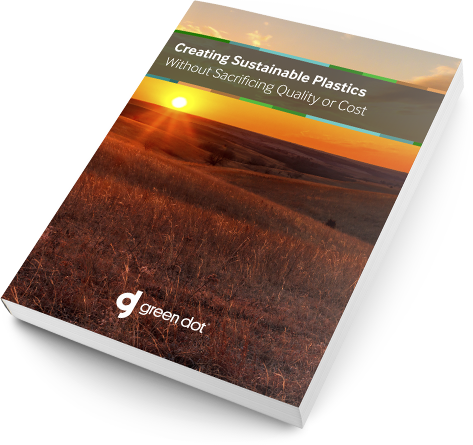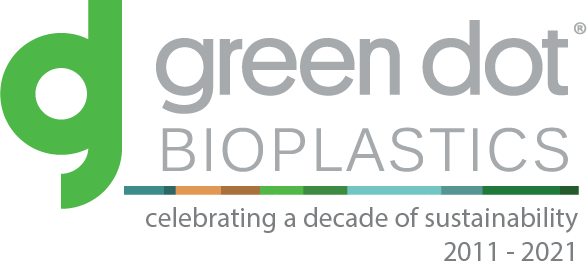Understanding Sustainability in Plastics
As the consumer desire for sustainable products grows, so does the public’s knowledge about sustainability and green initiatives. However, sustainability doesn’t have a single definition. Instead, there are a wide number of characteristics that, when attributed to a plastic, can determine its sustainability. And to each consumer, sustainability may mean something different. It’s important as a business to define your own sustainability goals in order to clearly communicate them to your customer.

Defining Sustainability
There are a number of terms that are important to know when defining sustainability.
Biobased – Materials made from organic (carbon based) materials that contain in whole or part biogenic (biological) carbon. These materials replace petrol/fossil carbon with bio/renewable carbon.
Biocomposite – Materials that combine biomaterials like wood, starch, flax, jute, hemp, and other similar materials with traditional plastics.
Biodegradable – the ability of materials to break down and return to nature. (Because anything will break down given a long enough period of time, the use of the term “biodegradable” to describe products has been banned in California and is prohibited by the new FTC Green marketing Guidelines published in 2013).
Compostable – Ability of a material to biodegrade in a certain period of time and leave no toxic residue in the soil. Defined by ASTM International Standards 6400 and 6868.
Plastic Recycling – The process of recovering scrap or waste plastic and reprocessing the material into useful products, sometimes completely different from their original state.
Carbon Footprint – The sum of greenhouse gas emissions accumulated during the full life cycle of a product in a specified application. Greenhouse gases trap heat in the atmosphere and are considered to be a significant cause of global climate change.
Communicating Sustainability to Consumers
Once you have a clear definition of what sustainability means to your business, it’s important to clearly communicate it to your customers. When terms like “sustainable” and “green” get thrown around on packaging and in marketing materials, consumers are often confused. Clearly defining what those terms mean to your business and product can help a consumer make a decision that best fits his or her own desires. Customers are more likely to feel better about their decision to buy a product when they can stand behind it.
Want to learn more about creating sustainable plastics? Request a consultation with one of our sustainability experts today or download our whitepaper below, Creating Sustainable Plastics Without Sacrificing Quality or Cost.

Creating a more sustainable plastic
Learn how we’re meeting demand for more sustainable goods without sacrificing quality or cost.


